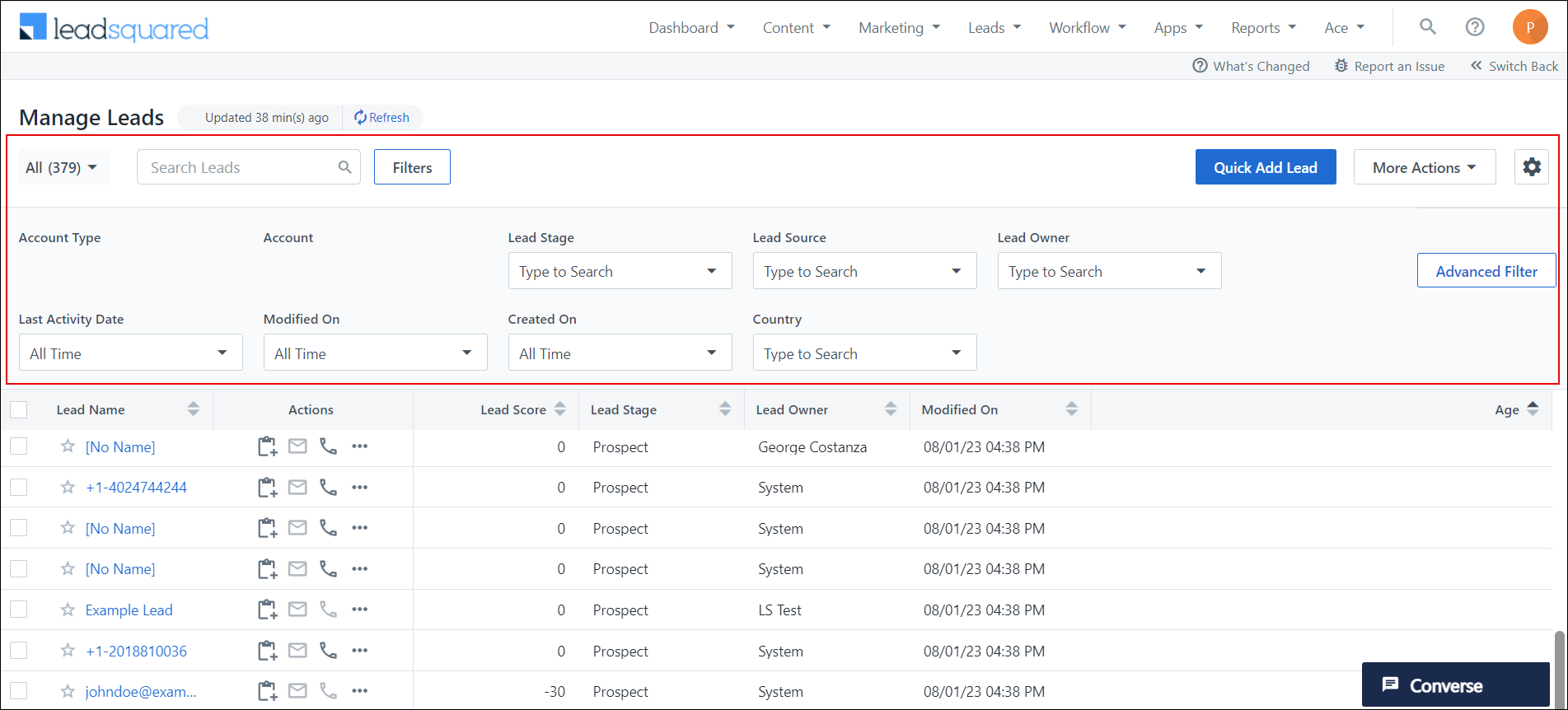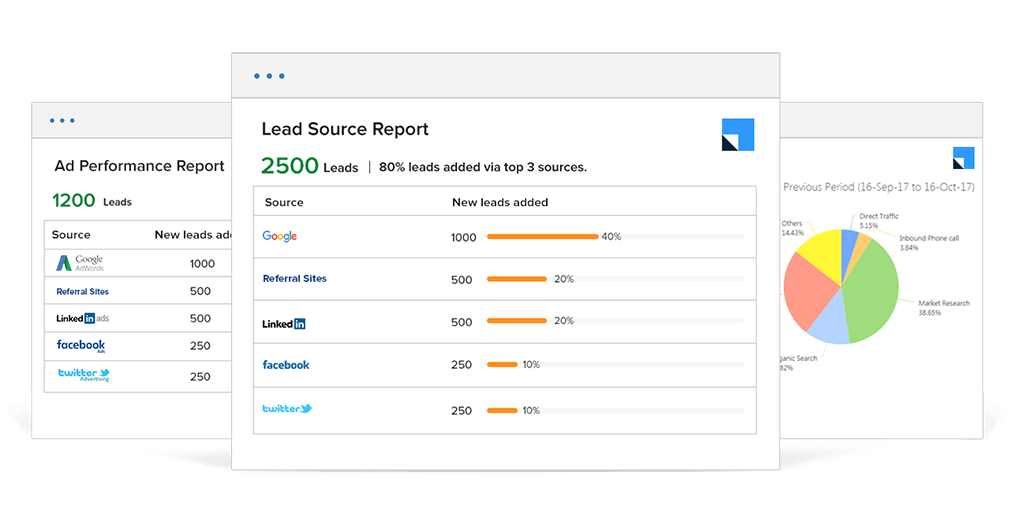Remember when reverting to student inquiries meant opening 20 tabs of Excel sheets and hoping voicemails didn’t get lost in the shuffle? Well, we are happy to say that those days are officially over.
In today’s technically advanced world, where instant responses aren’t appreciated but expected, calling software for education is necessary to transform how institutions communicate with their students. It is similar to upgrading from a paper map to GPS- suddenly, everything seems to work better.
Whether in a traditional educational institution or an e-learning organization, calling software improves the quality of education by providing personalized support for students and teachers throughout the educational process.
Think about it: Today, when students are engaged with a 30-second reel, an institution cannot catch their attention if their replies are delayed by a day or two or maybe even a few hours. That’s where call center software for higher education comes in.
With the right calling software, higher education institutions can find smarter ways to connect with students at every stage of their journey, from the first curious inquiry to the final enrolment decision.
But what is calling software, and why is it so important? Let’s look into the world of call center software for higher education and see how it can improve communication strategies across the board.
What is Calling Software for Education?
Calling software is an efficient multitasking software that manages phone calls, tracks communication history, and automates phone calls—all tailored for the education sector.
Designed specifically for education call centers, it centralizes all outbound and inbound communication, including features like call forwarding, ensuring that no inquiry goes unanswered and that every prospective student feels valued.
The intuitive interface simplifies complex tasks, such as call routing and analytics, making it easier for users to manage calls and access crucial information seamlessly.
The education industry juggles multiple functions: admissions, student support, alumni engagement, and more. With calling software for higher education, institutions can streamline these processes, allowing teams to focus on what matters most—building relationships.
Why Do Education Institutions Need a Calling Software?
Let’s face it—today’s students demand instant gratification. They want answers now, not tomorrow. Without an efficient communication system, institutions risk losing prospective students to competitors.
Here’s why call center software is a must-have:
Boosted enrolment rates
Prospective students do not make decisions in a single day just by glancing through the higher education website. They will have questions about tuition fees, scholarships, and programs. A calling software for higher education will make sure that admission teams can respond quickly and provide the personalized support students need to say “yes.”
The software can be set up and operational in less than a day, allowing admission teams to engage with prospective students almost immediately.
Enhanced student support
Students and parents need consistent support during their academic journey. With features like call recording and analytics, institutions can ensure quality interactions and quick resolutions through responsive support teams.
Scalable alumni engagement
Alumni is the go-to person for fundraising, mentorship, and networking. With call center software, institutions can create targeted outreach campaigns that keep alumni connected to their alma mater.
What if we tell you that you can make your calling software work wonders by integrating it with CRM software? It expands the benefits and takes more weight off your shoulders. Let us see how:
How Integrating a Calling Software with a CRM can help Higher Education Institutions
Personalized admission outreach
When admissions counselors make or receive calls, the CRM instantly displays the student’s profile, including their application status, program of interest, and prior interactions.
For example, if a prospective student inquires about scholarships during a previous call, the counselor can seamlessly pick up the conversation, ensuring a personalized experience.
Effortless call logging for recruitment teams
Integrated systems automatically log all call details, including notes about the conversation, directly into the CRM. For instance, if a recruiter speaks to a student about upcoming campus tours, the information is recorded without manual effort, keeping everyone aligned on follow-ups.
Automated follow-ups
After a call, the CRM can trigger workflows to schedule follow-ups, send emails, or assign tasks to team members. For example, suppose a student shows interest in an online program during a call. In that case, the system can automatically send them a brochure and schedule a follow-up to discuss enrollment steps.
Improved student success support
CRM-integrated calling systems help academic advisors provide timely and effective support for enrolled students. If a student calls with questions about course registration, the advisor can access the student’s academic record instantly and guide them in real time.
Data-driven insights for admissions strategy
Centralizing call data in the CRM allows higher education institutions to analyze trends, such as which programs generate the most interest or common concerns among prospective students. These insights allow teams to refine their strategies and allocate resources more effectively.
Integration with educational tools
Integration with existing educational tools is crucial to fully leveraging the benefits of an automated calling system. These include learning management systems (LMS), student information systems (SIS), and CRM software. By integrating these systems, schools can centralize data, automate workflows, and provide a seamless experience for everyone involved.
Imagine a scenario where a student’s information from the SIS is automatically updated in the calling system, ensuring that all communications are personalized and relevant. Or consider how integrating with an LMS can help automate reminders for upcoming assignments or exams.
These integrations streamline administrative tasks and enhance the overall efficiency and effectiveness of the institution’s communication strategy.
Why LeadSquared is the Best Calling Software for Education
LeadSquared has established itself as a leading calling software solution for the education sector, offering a comprehensive set of features tailored to the unique needs of higher education institutions. Let’s expand on the key aspects that make LeadSquared stand out:
All-in-one platform
LeadSquared integrates calling capabilities with CRM systems and various business tools, providing a unified platform for managing student interactions across the entire lifecycle. This integration allows institutions to:

- Track and manage leads from multiple sources.
- Automate communication workflows.
- Monitor student engagement.
- Manage admissions processes.
- Support alumni relations.
The seamless integration between calling and CRM functionalities ensures that staff have access to all relevant information during calls, enhancing the quality of interactions.
Automation capabilities
LeadSquared’s automation features significantly improve efficiency in educational institutions:
Lead distribution: Automatically assign incoming leads to appropriate team members based on predefined criteria.

Follow-up reminders: Set automated reminders for follow-up calls, ensuring no potential student falls through the cracks
Email campaigns: Trigger personalized email sequences based on call outcomes or student actions.
These automation capabilities allow staff to focus on high-value interactions while the system handles routine tasks.
Customizable workflows
With extensive customization options to adapt to the specific needs of different educational institutions:
Custom fields: Create institution-specific data fields to capture relevant information.
Workflow rules: Design custom workflows that align with your institution’s unique processes.
Role-based access: Set up user roles and permissions to ensure data security and streamline operations.
This flexibility allows LeadSquared to cater to various institutions, from small vocational schools to large universities.
Mobile optimization
The mobile app enables staff to access the platform on the go:
- Make and receive calls from anywhere.
- Update student records in real-time.
- Access important information during off-site events or campus tours.
This mobile capability ensures that staff can provide timely responses and maintain productivity even when away from their desks.
Analytics and reporting
LeadSquared provides powerful analytics tools to help institutions optimize their communication strategies:

Real-time dashboards: Monitor key metrics such as call volumes, conversion rates, and response times.
Performance reports: Track individual and team performance to identify areas for improvement.
Custom reports: Create tailored reports to analyze specific aspects of your communication strategy.
These analytics capabilities enable data-driven decision-making and continuous improvement of admissions and student engagement processes.
Industry-specific features
It offers features specifically designed for the education sector:
Application tracking: Monitor and manage student applications through various stages of the admissions process.
Student portal: Provide a self-service platform for prospective and current students. The software can deliver emergency alerts to parents and students, ensuring timely notifications in urgent circumstances.

Event management: Organize and track participation in campus events, webinars, and open houses
What Others Are Saying About LeadSquared
“We have saved over 10,000 minutes by streamlining communications with LeadSquared. It is a time-saving tool that resulted in a faster turnaround in responding to students.”
Watch this testimonial to know more!
YouTube link: https://www.youtube.com/watch?v=4UrUchqbwng&pp=ygUebGVhZHNxd WFyZWQgZXN0aGV0aWMgaW5zdGl0dXRl
Features to Look for in Calling Software for Education
Before you choose a call center software, ensure it meets your institution’s specific needs. Here are some must-have features:
- Call tracking and recording – Monitor every interaction for quality assurance and training.
- CRM integration – Combine calling data with other student information for a holistic view.
- Automated workflows – Streamline repetitive tasks like follow-ups and reminders.
- Omni-channel support – Manage calls, emails, and texts from a single dashboard.
- Data analytics – Measure success and make data-driven decisions.
- Scalability – Ensure the software can grow with your institution, whether you’re handling 100 inquiries or 10,000.
Challenges Solved by Call Center Software for Higher Education
1. Missed opportunities
Without an efficient system, inquiries can slip through the cracks. A centralized platform like LeadSquared ensures every lead is followed up on.
2. Inconsistent messaging
Manually tracking calls leads to errors. Call center software maintains uniformity across all communication channels.
3. Limited scalability
As inquiries grow, manual systems falter. Call center software scales effortlessly, accommodating rising call volumes.
Conclusion
Today, exceptional communication isn’t just about answering the phones—it’s about creating meaningful connections that last from the first curious inquiry to proud alumni status.
Calling software for education isn’t just another tech tool; it’s the bridge that transforms every conversation into an opportunity for genuine engagement.
With solutions like LeadSquared leading the charge, institutions are discovering that powerful communication tools do more than just track calls – they build lasting relationships.
But don’t just take our word for it—let LeadSquared show you how modern communication tools can transform your institution’s outreach from good to extraordinary. Book a free demo with us. Click here!
Learn more about LeadSquared Education CRM!









